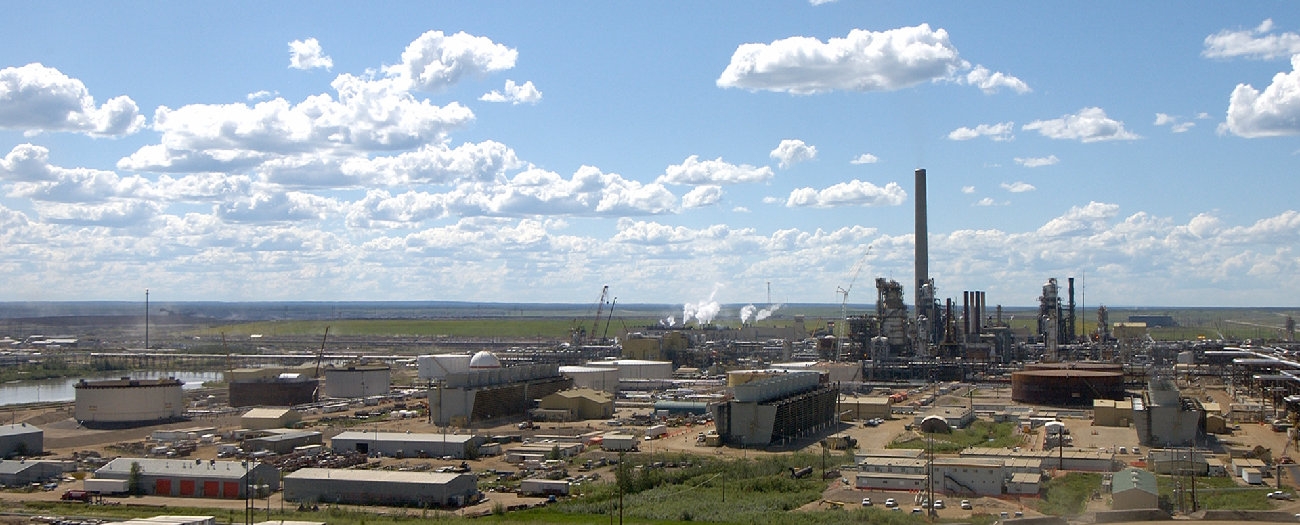How the AER is supporting methane emissions reduction
Alberta - February 23, 2021Reducing methane emissions is a provincial, national, and global priority, and the AER is doing its part to get the job done. In 2020, the AER updated its methane emissions reduction directives, requiring oil and gas companies to report new emissions-related information. The organization also launched a number of initiatives to support methane emissions reduction, enable innovation, and improve publicly available methane reporting information.
"We consider 2020 to be an adjustment year, for both the AER and the energy industry. The new requirements meant changes in the way companies reported their emissions data to us," says Lindsay Campbell, air emissions advisor with the AER. "We still have work to do to fully understand what the data is showing and, as we collect more useful information, we will continue to analyze and validate it."
The AER launched a methane performance report to improve how methane emissions information is reported publicly. This new webpage includes:
- Interactive graphs showing Petrinex vent and fuel gas volumes from 2010 to 2020, allowing users to filter data by geographic location and facility type.
- Interactive GIS maps showing approved Alt-FEMP and remote sensing pilot locations, allowing users to see which companies are participating and what alternative technologies are being used for methane detection.
Jan Gorski, senior analyst with the Pembina Institute, notes that the report represents a step in the right direction when it comes to providing transparent methane data for stakeholders.
"The company intensity measurements are really useful to compare how companies are doing; it adds to the transparency of the reporting," says Gorski. "Having data publicly available like this will help provide an incentive for companies to improve."
Over the next two years, the AER will enhance the page by including source specific and fugitive emission data. As more data becomes available, the level of interactivity will increase with features such as performance dashboards and heat map layers, and the AER will evaluate opportunities to include enhanced features like the ability to filter information by operator.
The AER recently updated its annual emissions report, ST60B, for the 2019 reporting year. Here are the top three observations from the report:
- Solution gas (gas associated with oil and bitumen production) conservation reached an all-time high of 97.7 per cent. This means that 97.7 per cent of the gas used to produce oil and bitumen was recovered for a useful purpose – the most common are sales gas via pipeline and on-site fuel gas usage.
- Total gas vented reached an all-time low.
- Overall, gas flaring and venting have been decreasing in the last five year
Kate Bowering, Writer


